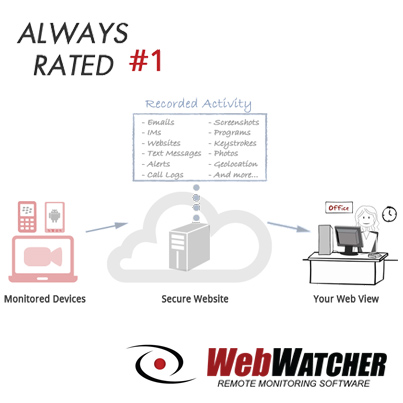Bullying has always been a problem that children and teens have had to deal with. And parents who remember their own childhoods may remember that girls and boys often experienced typical bullying very differently. A teen boy who was being bullied might come home with a black eye or other evidence of physical violence. A teen girl who was being bullied might be deliberately shunned by her classmates or have her reputation damaged by malicious rumors and gossip.
Today’s teenagers still deal with these types of bullying behavior, but technology adds a new layer to the experience. However, just like traditional bullying, girls and boys tend to experience cyberbullying somewhat differently. Take a look at what you need to know about how your daughter or son might encounter cyberbullying.
Girls and Cyberbullying

Research into cyberbullying has generally concluded that teen girls are most likely to experience the worst cyberbullying. This is partly because cyberbullying often takes forms that fit within the societal expectations for how girls bully other girls. Girls are generally less likely to use physical aggression with each other, and more likely to use language to bully each other or to use social strategies as a more subtle and less direct means of bullying. Digital messaging and social media platforms are uniquely suited to allowing and even encouraging this type of bullying.
But girls aren’t only at risk of being bullied by other girls. The ability to easily share photos and videos allows things like “revenge porn” – publicly sharing risqué photos and videos that were either taken candidly of an unsuspecting person or intentionally shared with one person, such as a romantic partner, who then shares the material with people who were never intended to see it. This is often (although not always) a method of bullying used by boys against girls.
Boys and Cyberbullying

Boys are not without their own problems when it comes to dealing with cyberbullying. While boys themselves are more likely than girls to cyberbully someone else, they also frequently find themselves on the receiving end. Boys are more likely to be both victims and bullies at the same time, which means that boys need support in both learning how to protect themselves from bullies and how to avoid bullying behaviors of their own, often at the same time. This can be a complicated topic for parents and other adults to approach.
There is also more overlap between online and offline bullying for boys. That means that when a teen boy is experiencing cyberbullying, he’s also more likely to experience in-person bullying as well, putting him in danger of not just emotional harm but also physical harm. Boys also experience cyberbullying in different places than girls do. While social media sites or direct messages are common platforms for girls to experience bullying, boys are more likely to receive threats and harassment while gaming.
Teenagers of both genders can experience serious negative effects of cyberbullying. Being a victim of cyberbullying can exacerbate depression, anxiety, and other disorders. It can lead to isolation and a decline in academic achievement. Teens who participate in cyberbullying are also at risk. Because teens rarely choose to discuss cyberbullying with adults, it’s important for parents to take a proactive role by monitoring their children’s internet use for signs of trouble. Parental monitoring software can help parents protect their children of either gender from the dangers of cyberbullying.
To find out how to protect your teen online, get our free trial.





